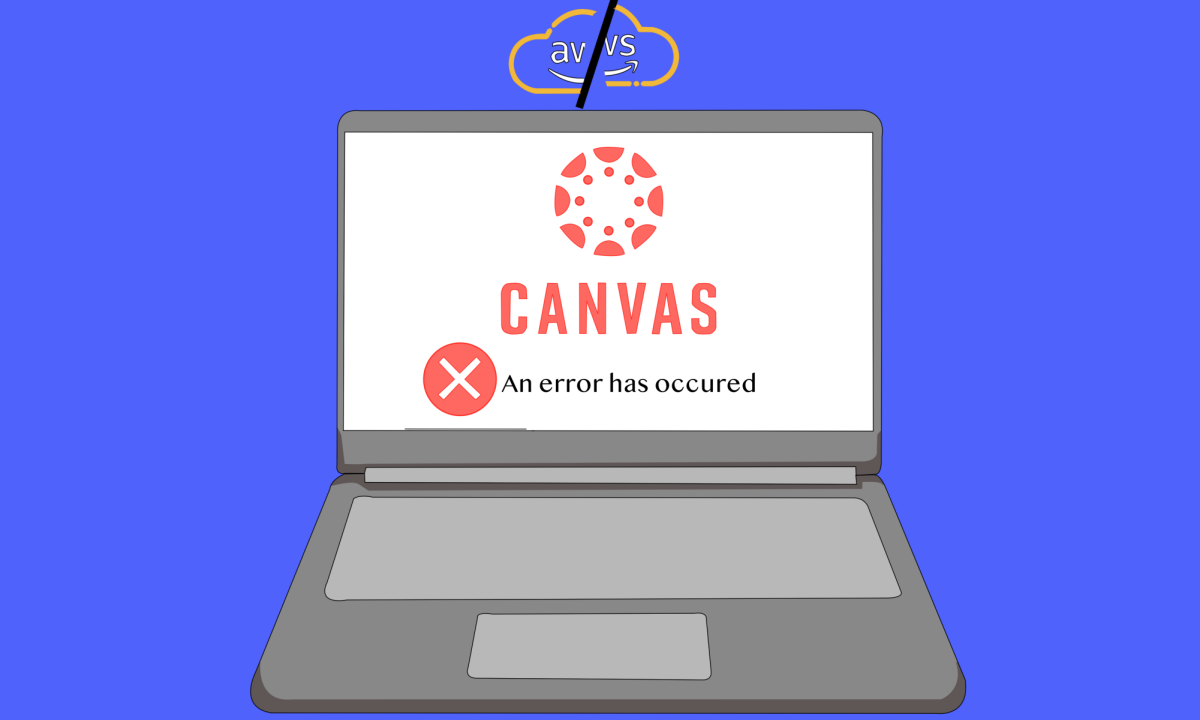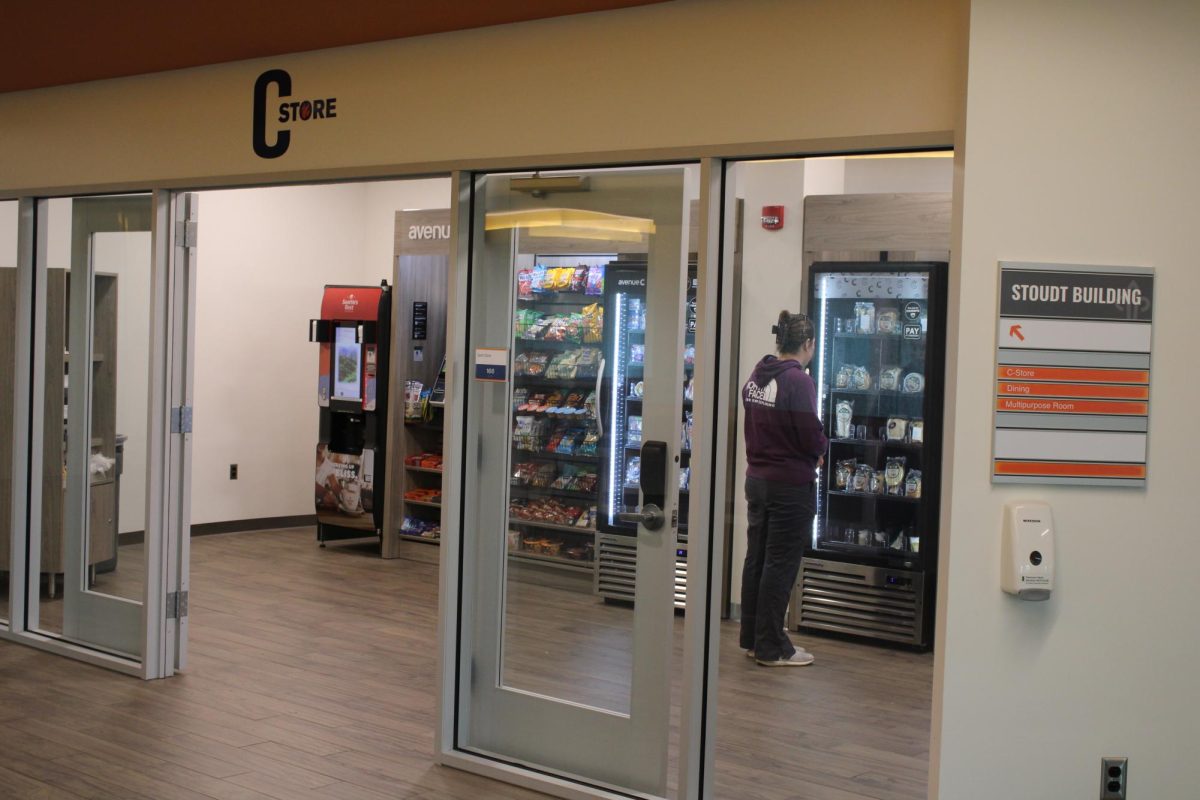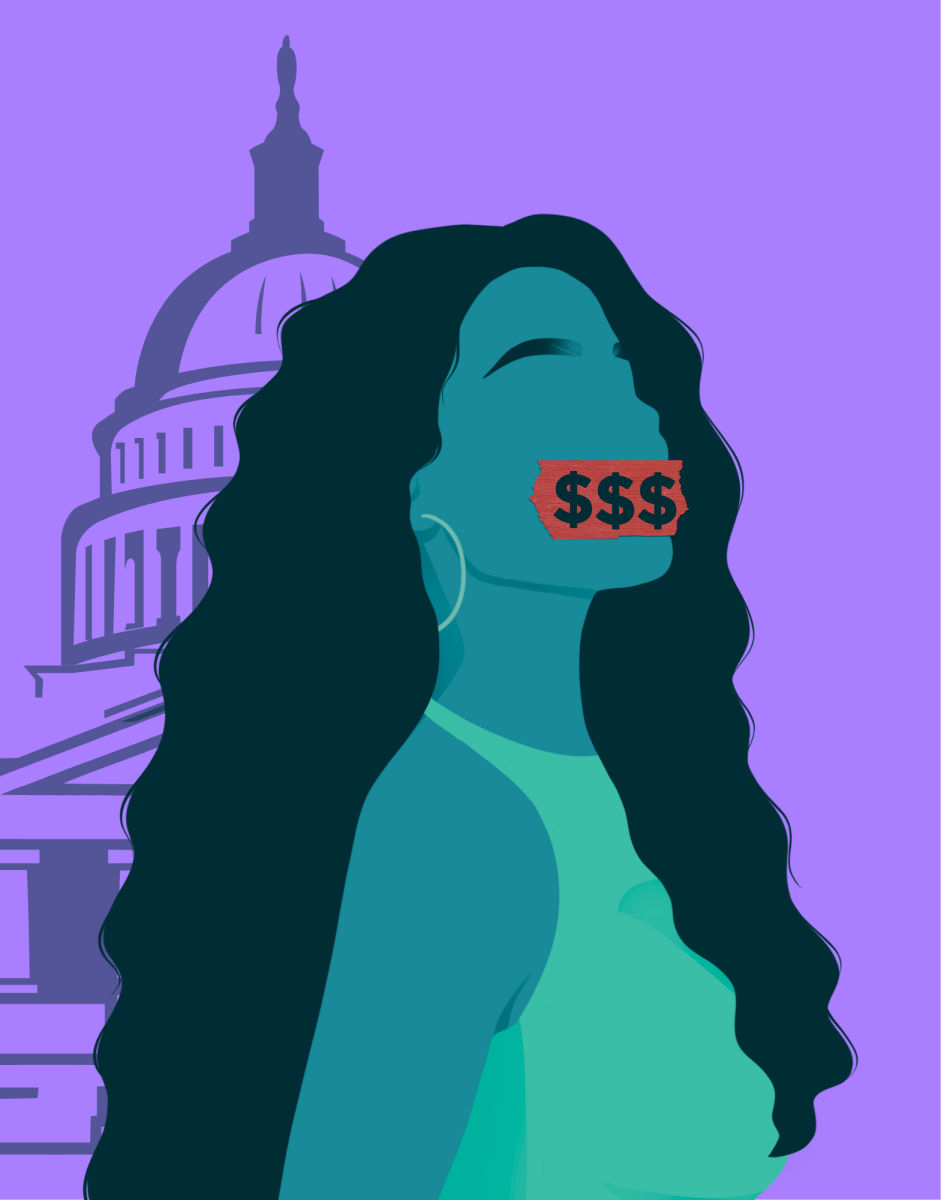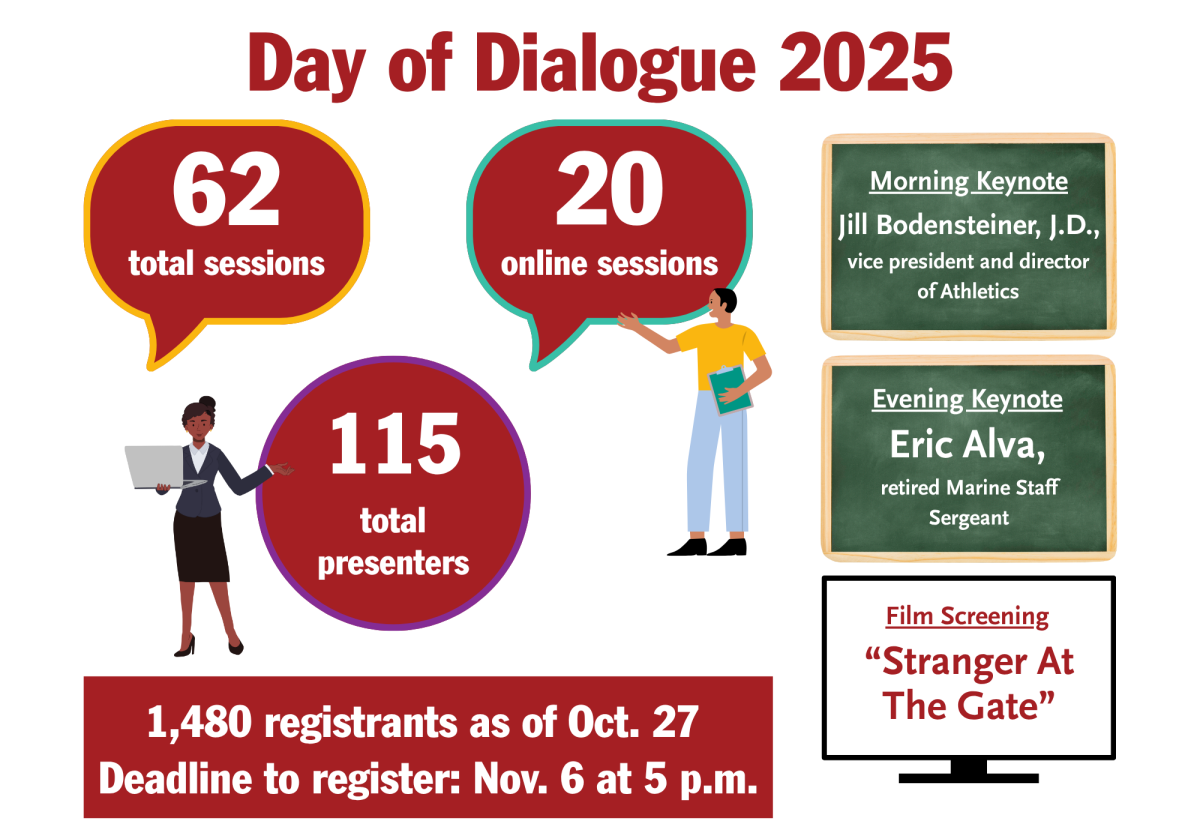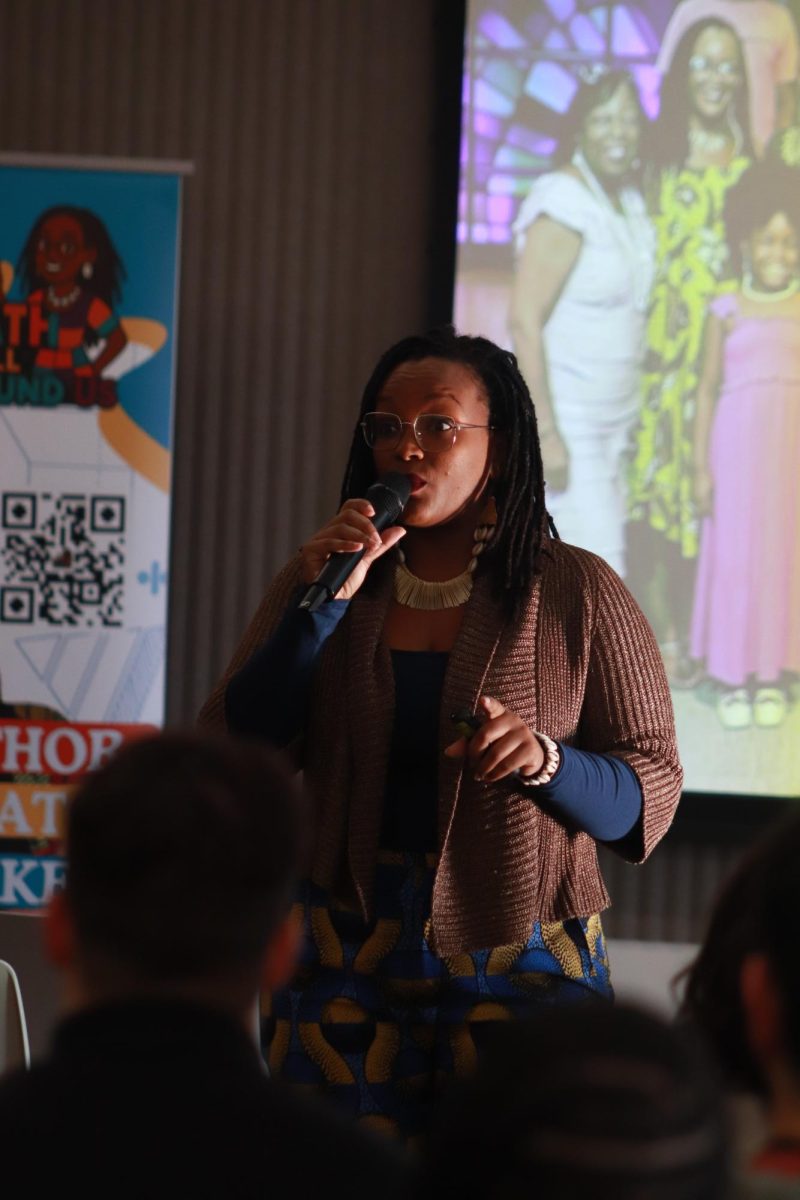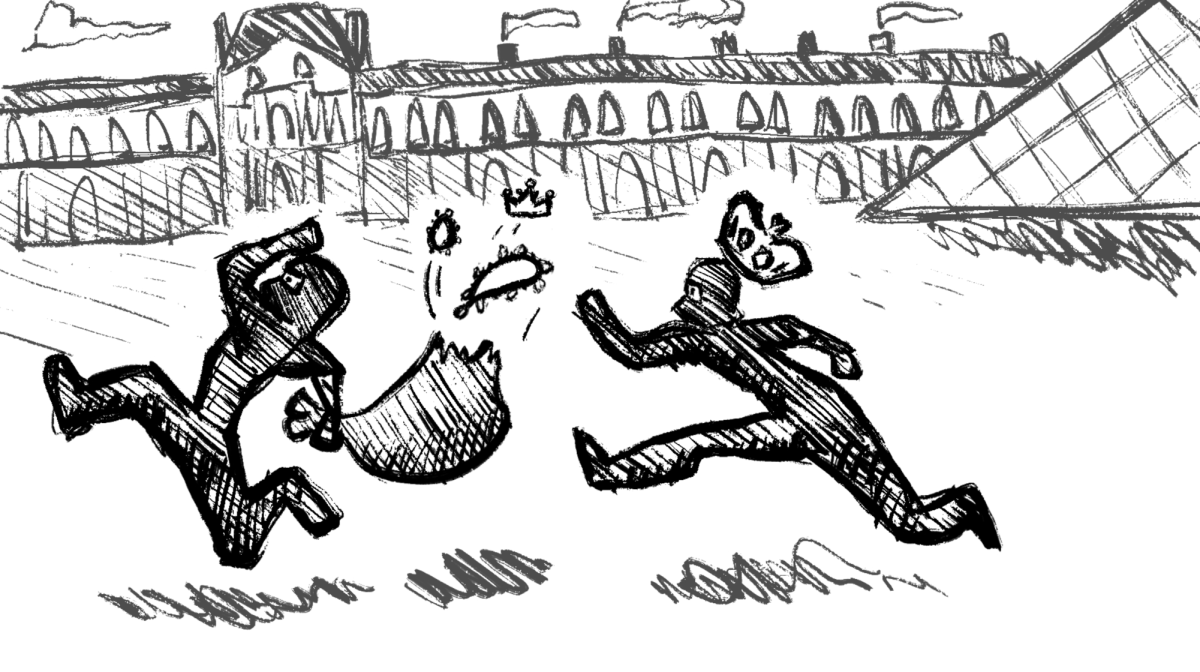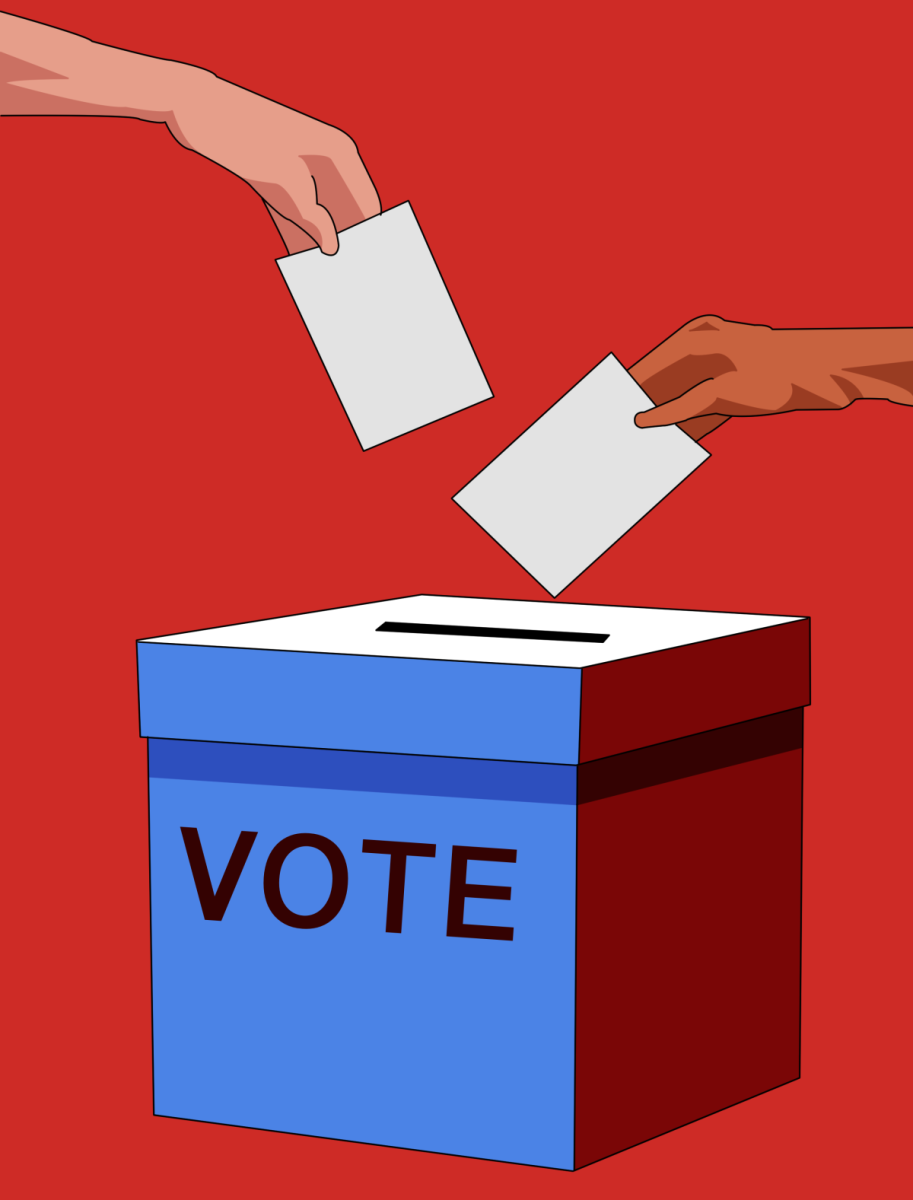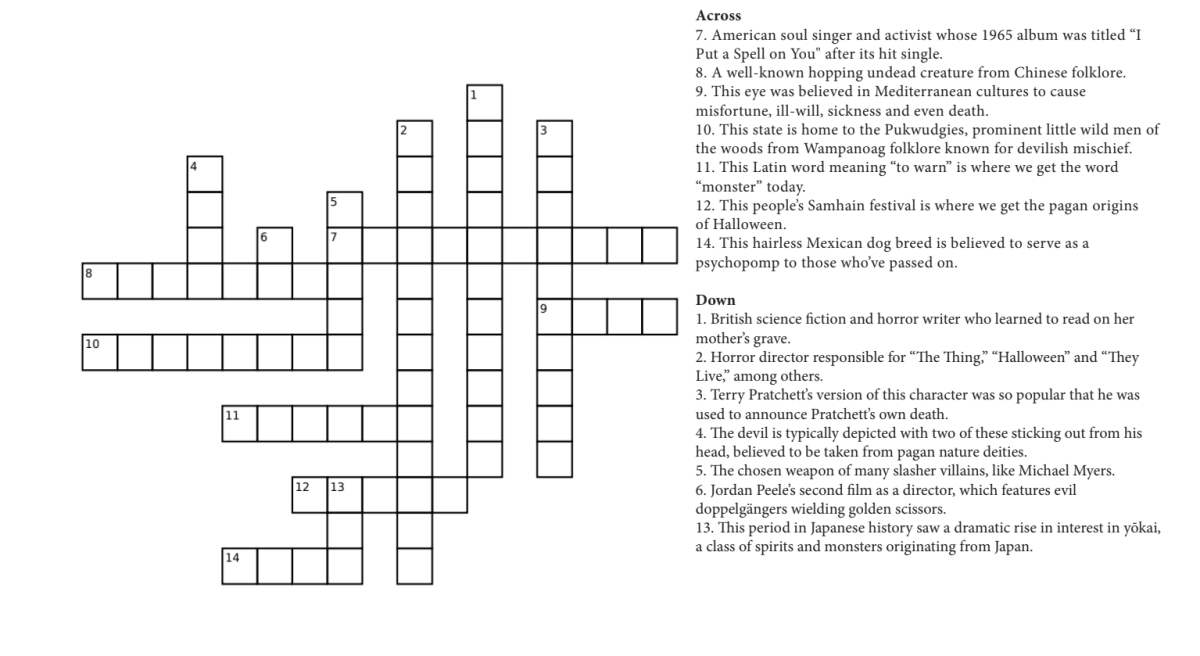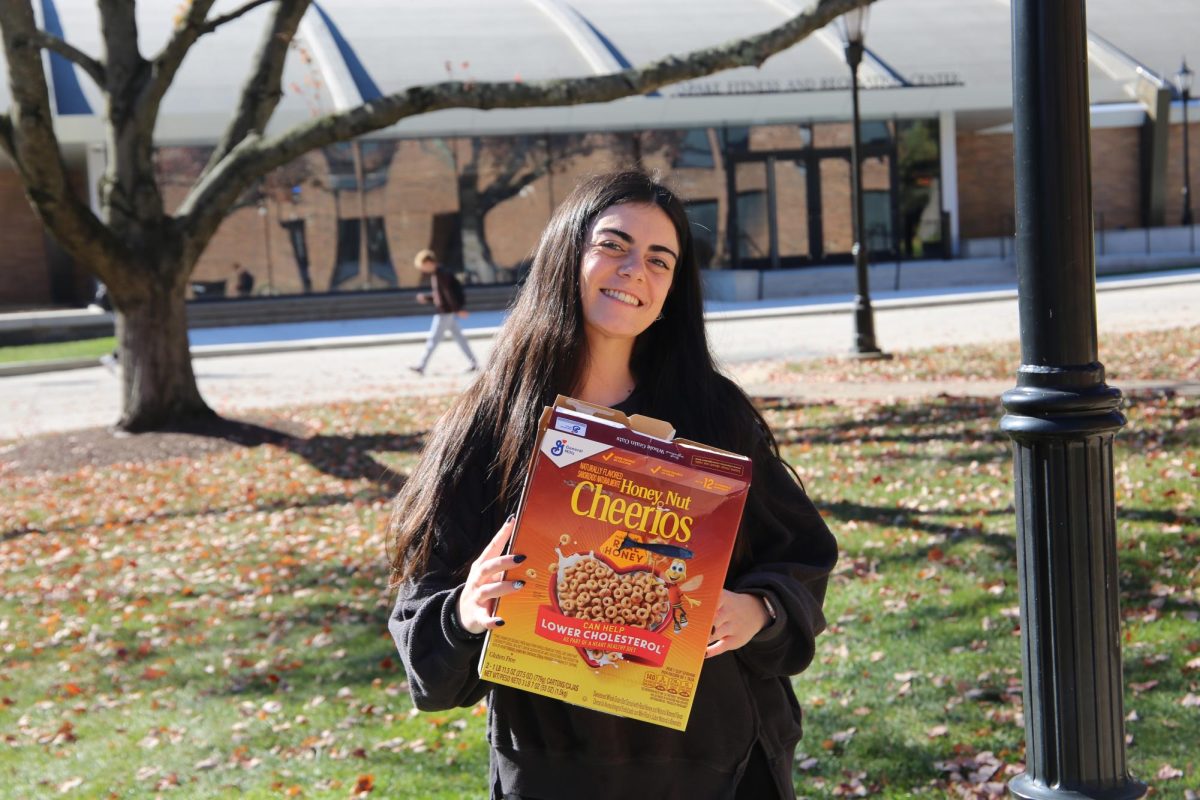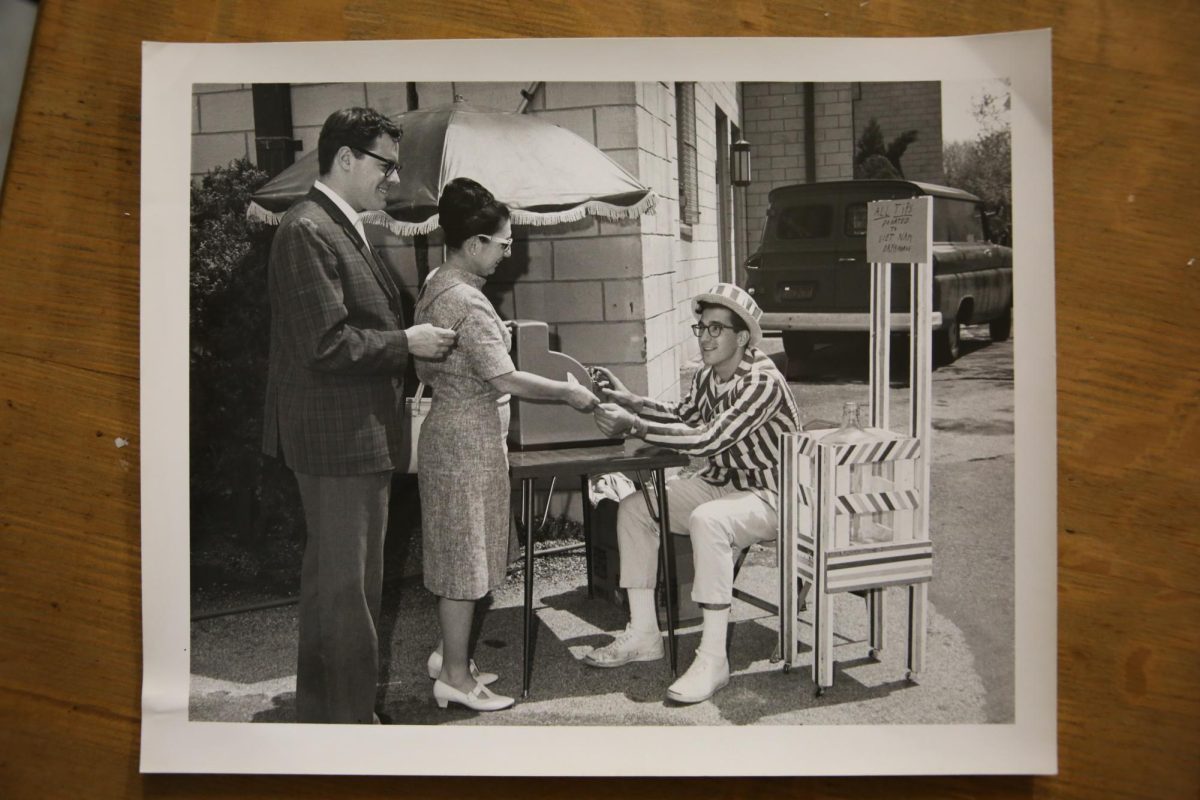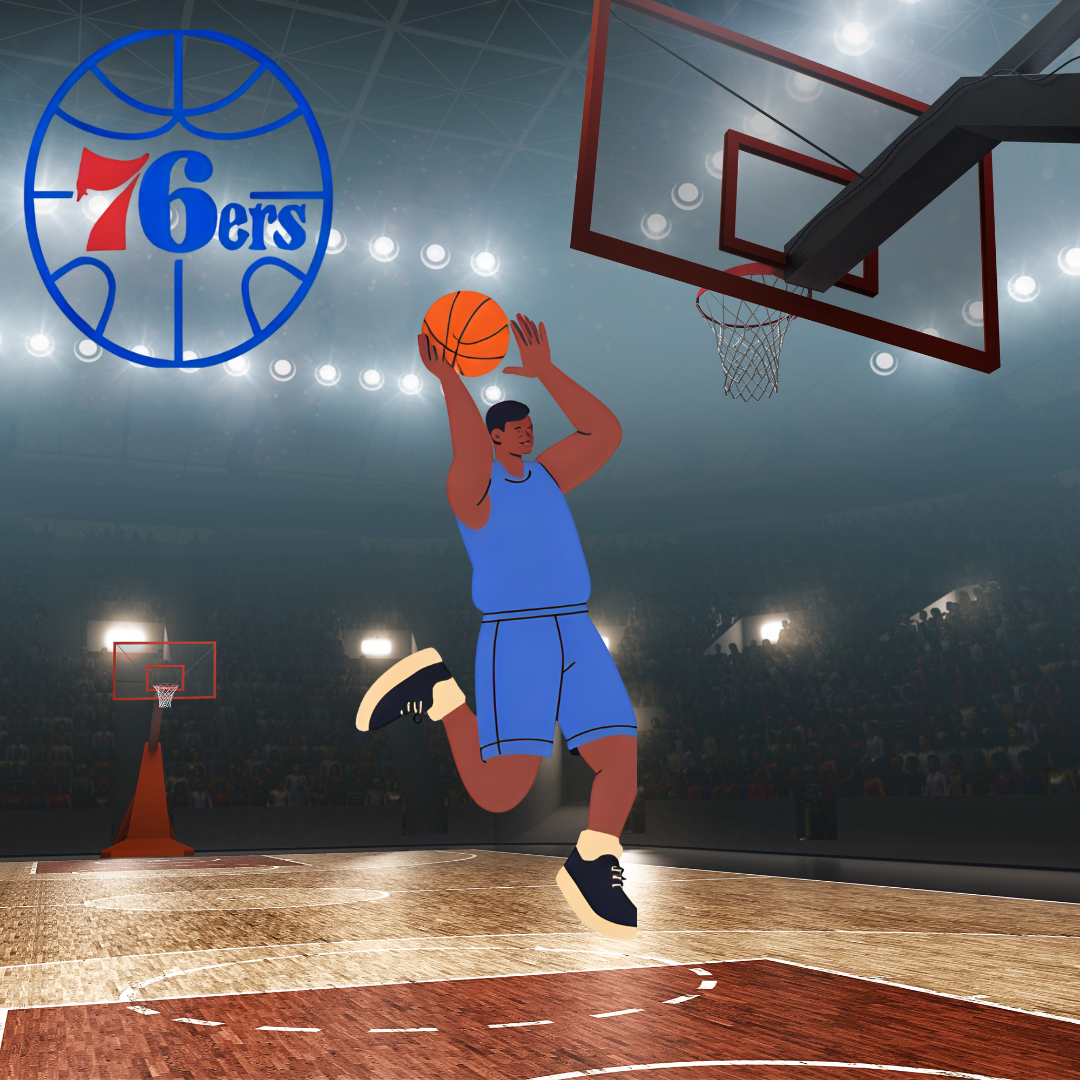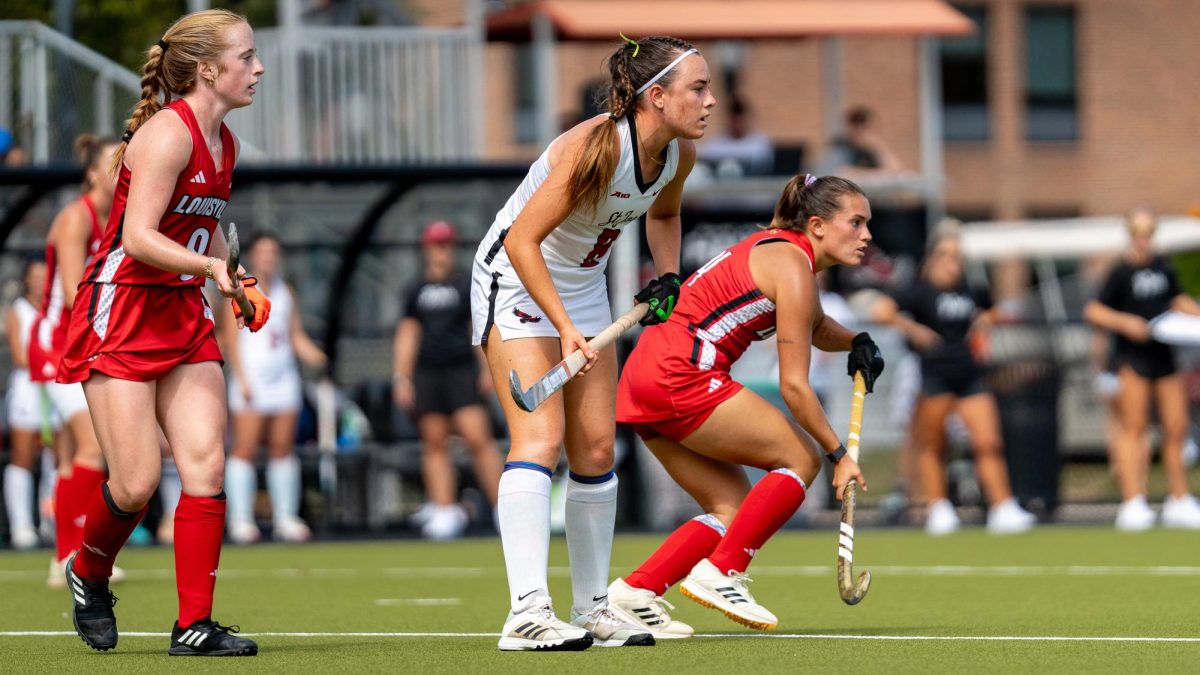The Hawk Staff began research for “Confronting Racism” in mid-February after we decided to continue the conversation that began in November 2018 about racism on campus.
It started with the idea of reporting on blackface after photos were released of Gov. Ralph Northam in blackface in a 1984 Virginia Military Institute yearbook. Those photos prompted numerous institutions to examine their archives for similar racist photos.
Each member of The Hawk Staff was assigned 10 years of either yearbooks or newspapers to review. Old yearbooks and newspapers are located in the Archives and Special Collections in the basement of the Francis A. Drexel Library. Hawks from 1930 to 2015 are also online as part of The Hawk Digital Archive.
The Hawk Staff found seven photos of people in blackface in yearbooks and newspapers from 1929 to 2015. In addition to these photos were articles and editorials that included racist remarks and viewpoints. 90 years’ worth of yearbooks and newspapers also revealed stories about racial bias incidents, calls for curricular changes to include more diversity and uses of racist language, including the N-word.
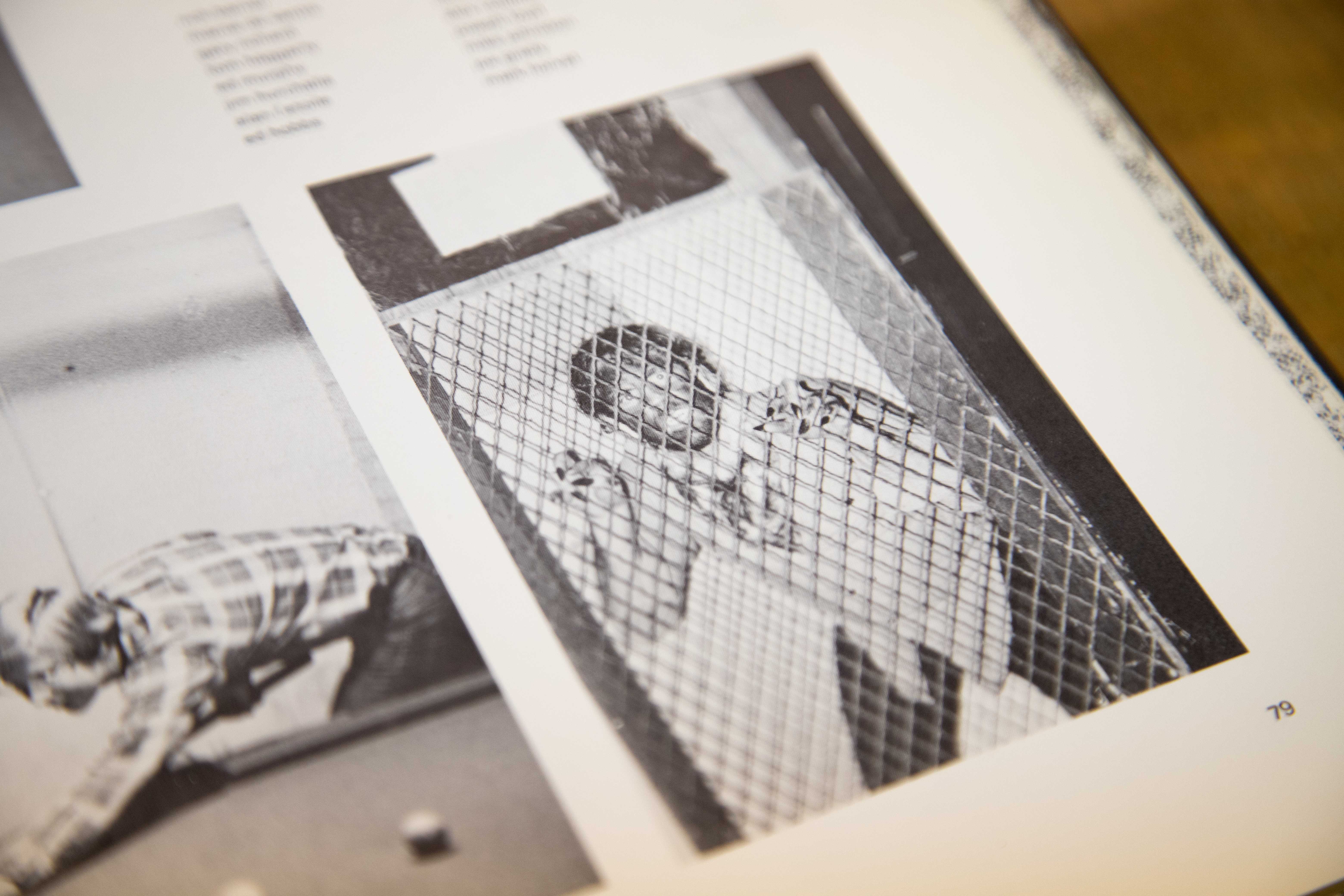
In one Hawk issue published in January 1992, an article explains that a St. Joe’s employee was a victim of a racial slur. The article states that the N-word was written on her door that had Christmas decorations on it. In another opinions piece in October of 2000, a student discusses the racial slurs he found in bathrooms on campus, even after there had been rallies and diversity information sessions on campus following a previous incident.
As a whole, the yearbooks and newspapers reflect the university’s historical lack of diversity, but we did find evidence of cultural clubs on campus—the Black Awareness Society, the Foreign Student Association, the Latino Students Organization and the Interracial Council Club— as far back as 1948.
There are gaps in the university archives that make this search incomplete. The yearbooks from 1944 to 1946 were missing, for example, because the university did not operate as usual during World War II, according to Chris Dixon, archival research librarian.
The university has also not documented important moments in its history related to black students, like when the first black athlete came to St. Joe’s. According to Don DiJulia, former director of athletics, it is “believed to be” in 1958, but Dixon said it cannot be completely verified.
“Often it’s more or less going in and trying to find material that may or may not exist,” Dixon explained.
The university is not able to confirm when the first black student graduated from St. Joe’s either, Dixon said.
Following the inauguration of University President Mark C. Reed, Ed.D., in 2015, Lawrence W. Pierce ’48 wrote a letter to the president to congratulate him and told Reed he was the university’s first black graduate. Pierce went on to law school at Fordham University and is a former circuit judge of the Court of Appeals for the Second Circuit and a former district judge.
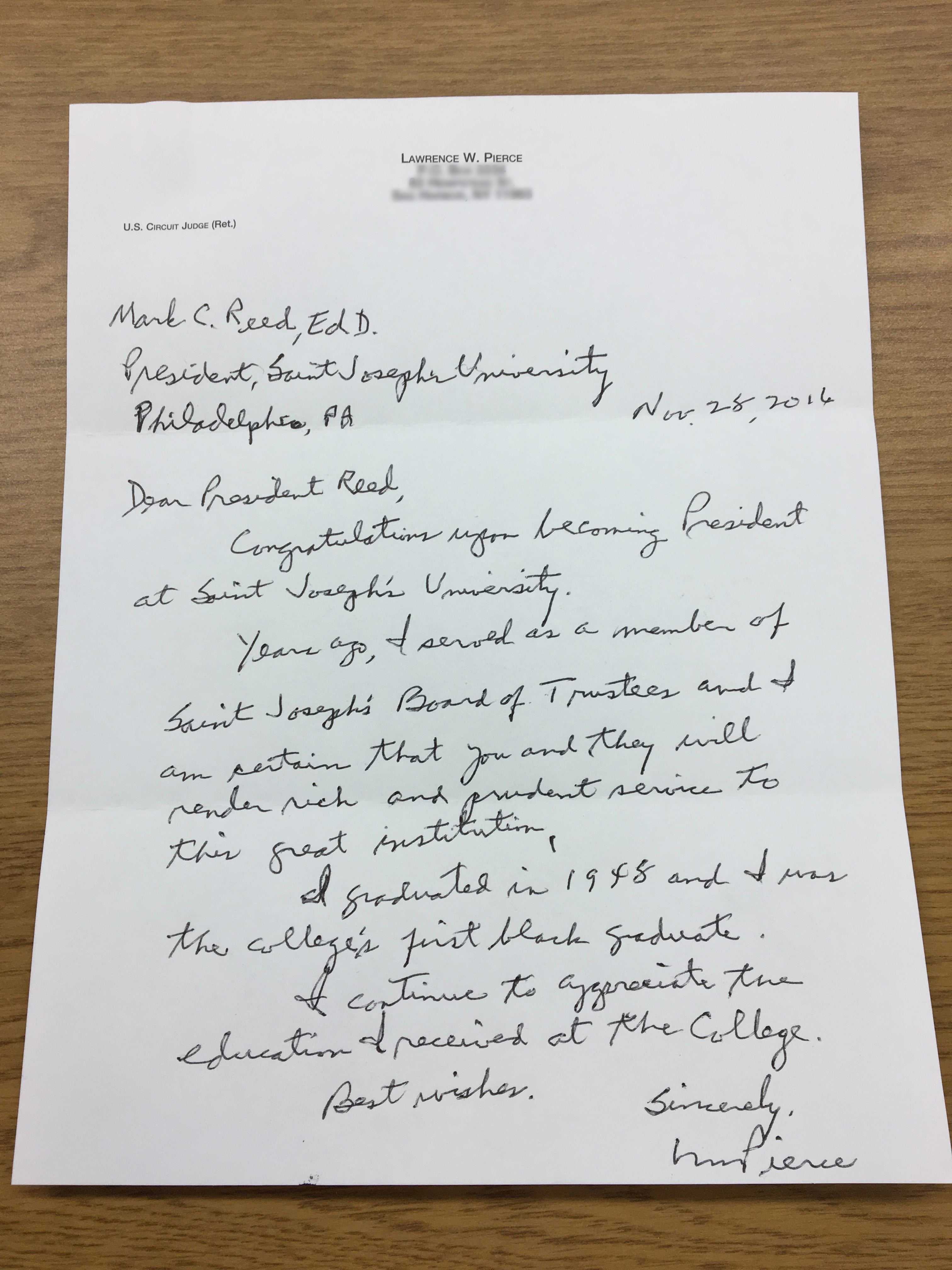
Pierce’s letter to Reed is in the university’s archives, but Dixon said the university has not confirmed Pierce’s claim.
The Hawk will continue to examine archive materials and seek sources to speak to about race and racism in the campus community—both present and past.

